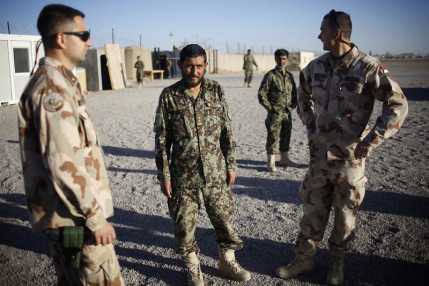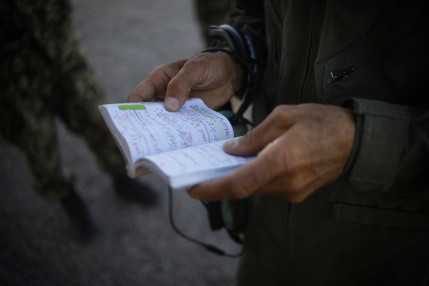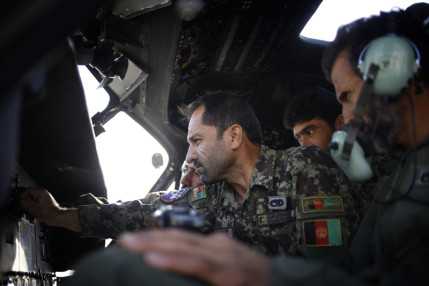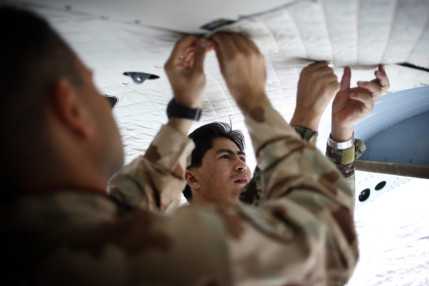Everything Normálno! – Reporting from Afghanistan
Szöveg: Balázs Trautmann | 2012. október 7. 15:25Everything is normálno. If oil is dripping a bit from the hinge of the rotor blades, if the flying is cancelled due to some mechanical failure, if the gas temperature of the engines is not like the one usual in Szolnok, then again, everything is normálno.
Galéria
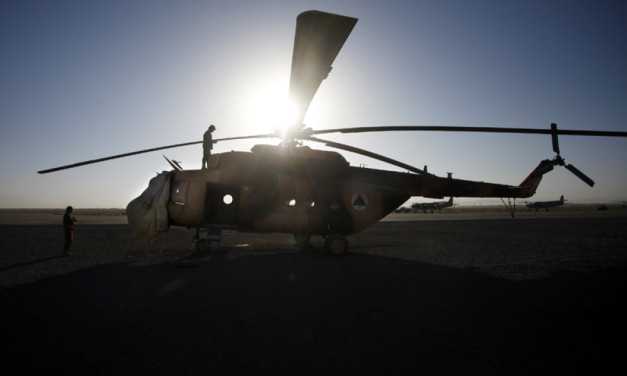

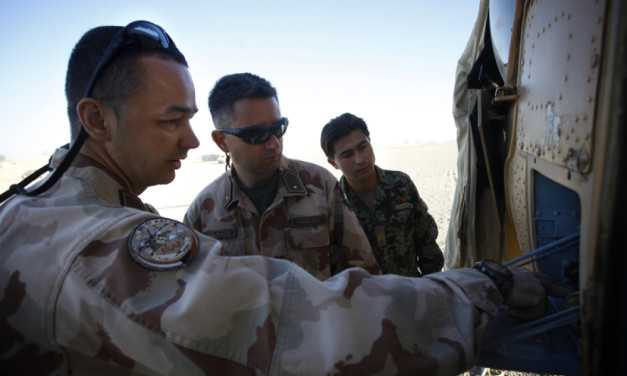
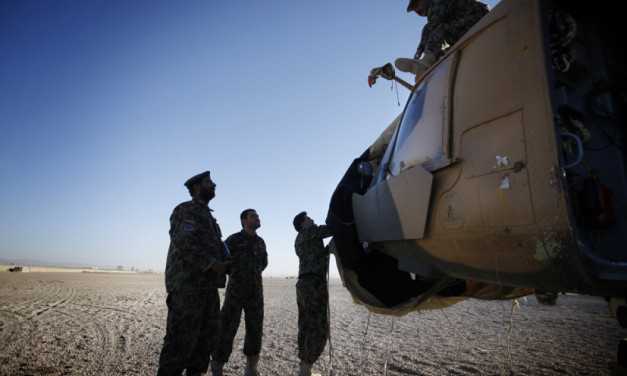
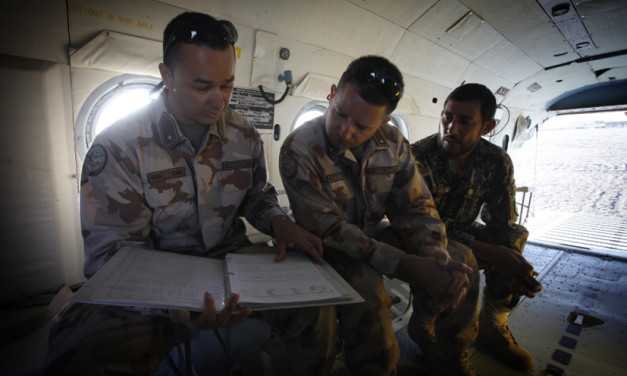
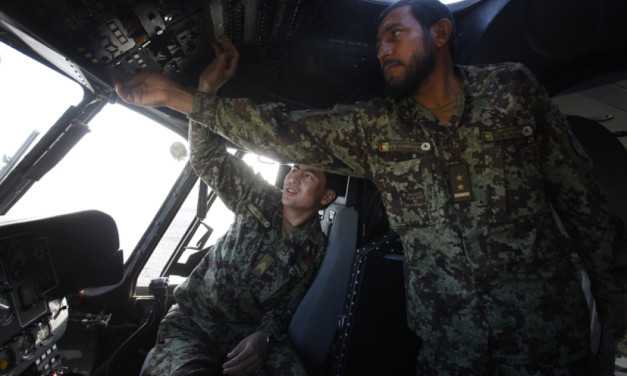
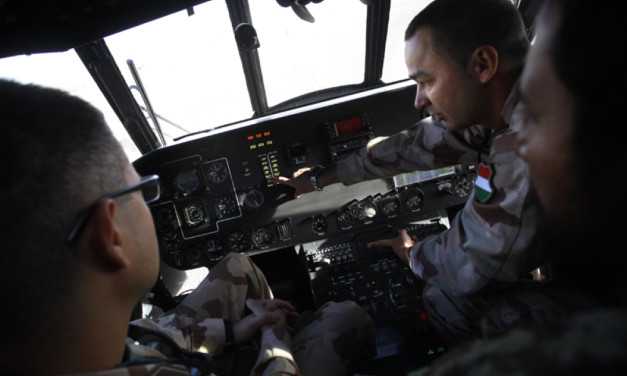
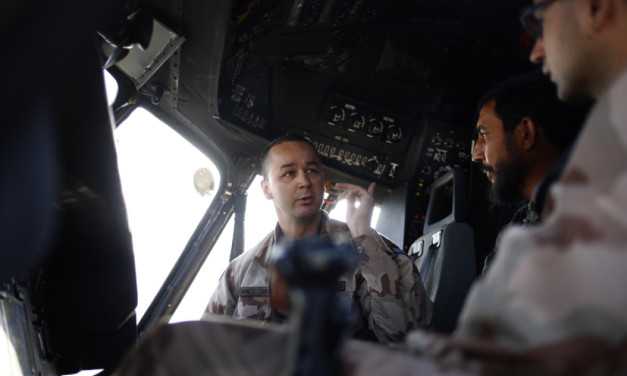

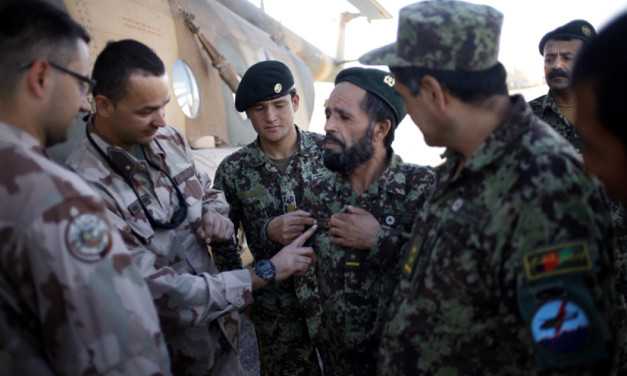

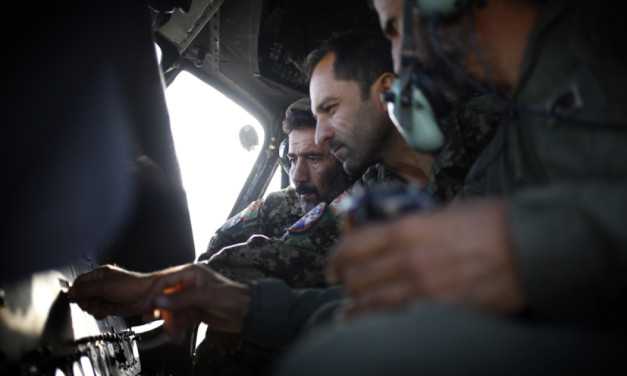


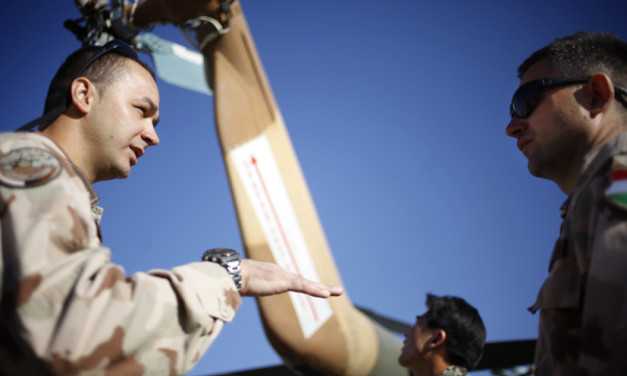
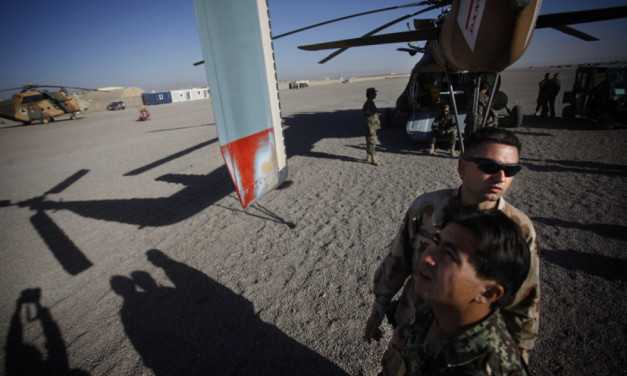
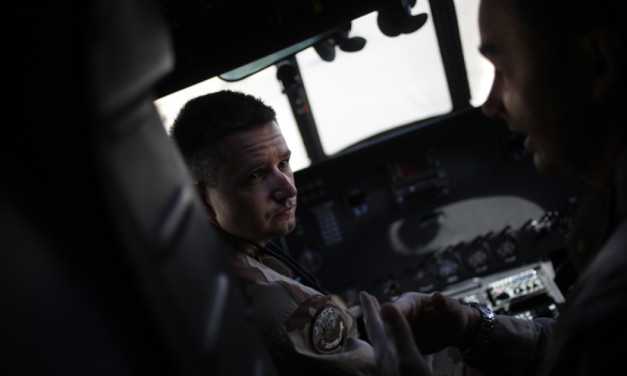
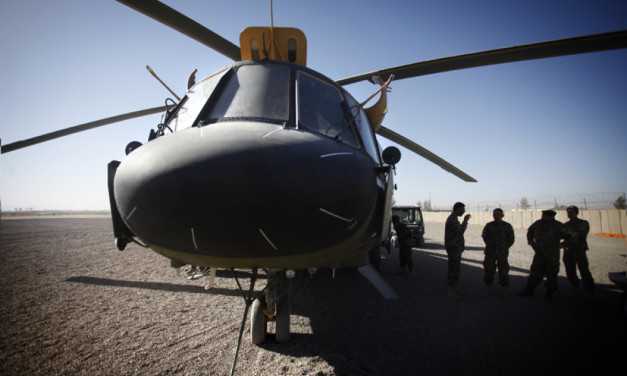
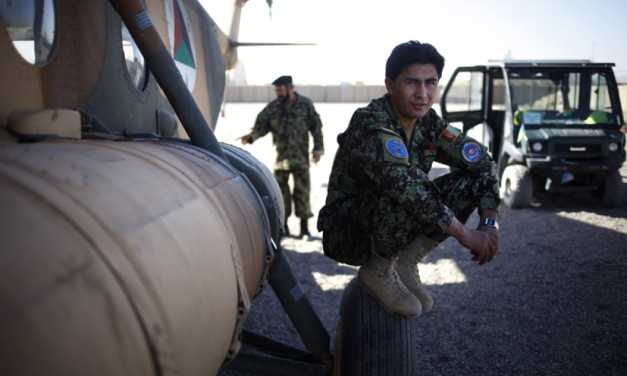
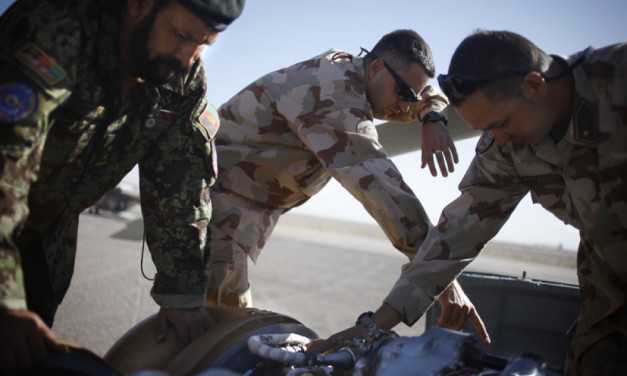
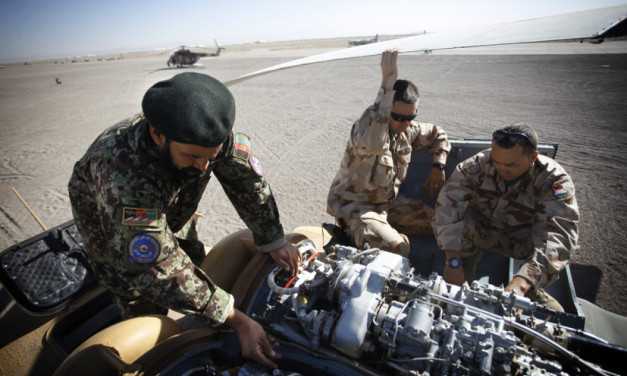
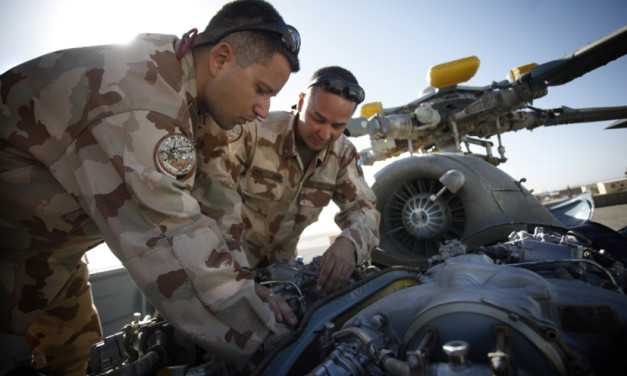
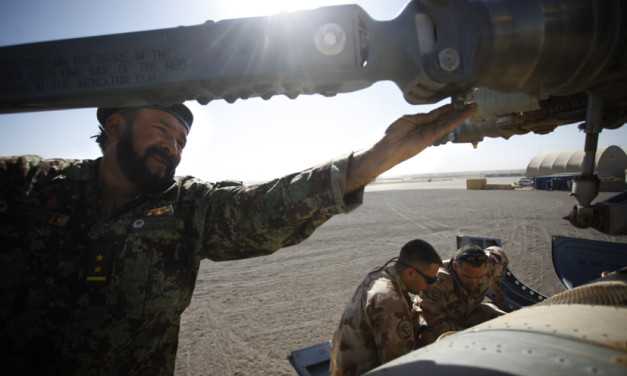
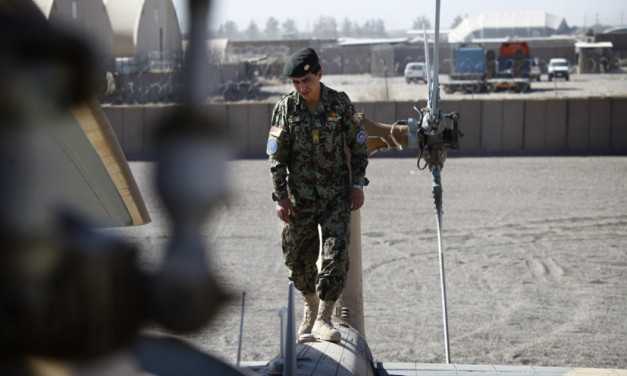
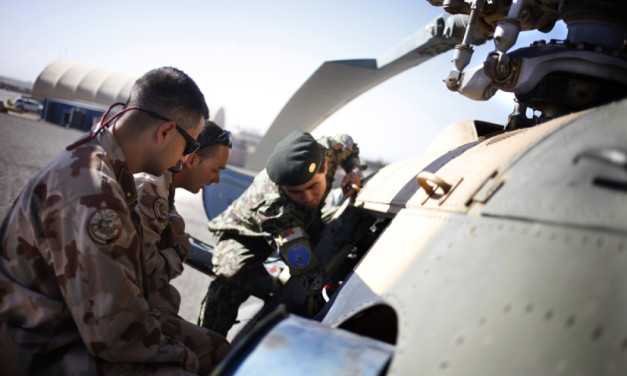
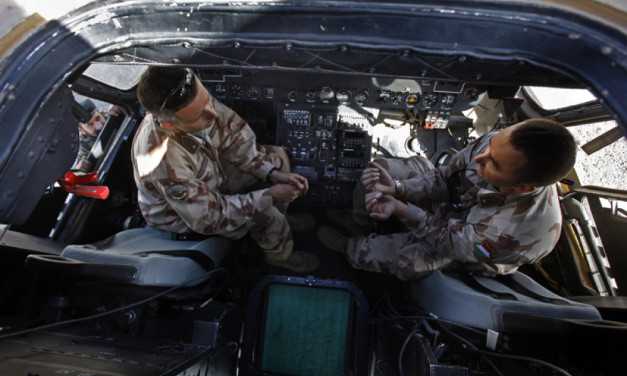
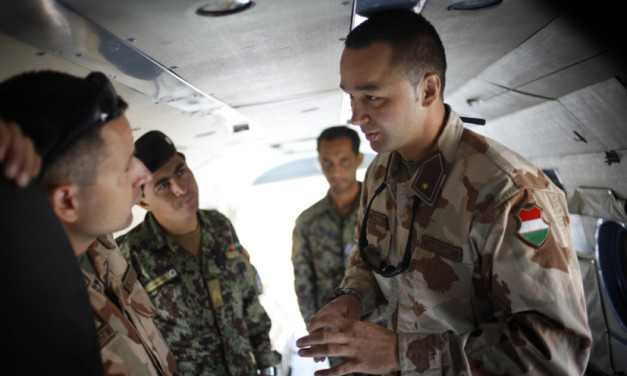
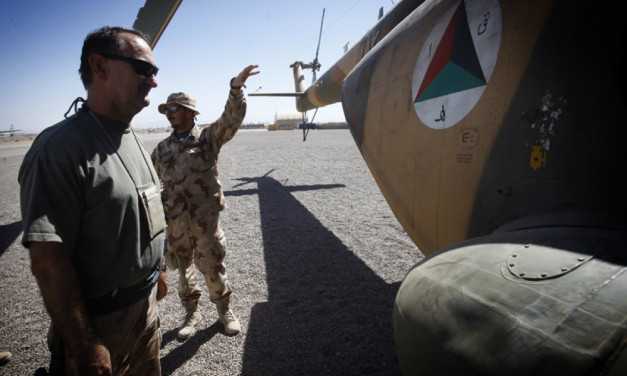
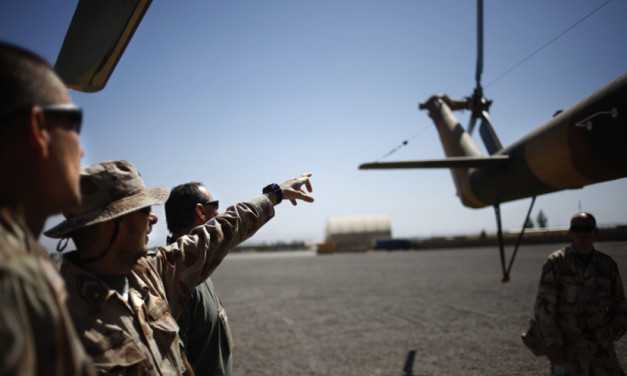
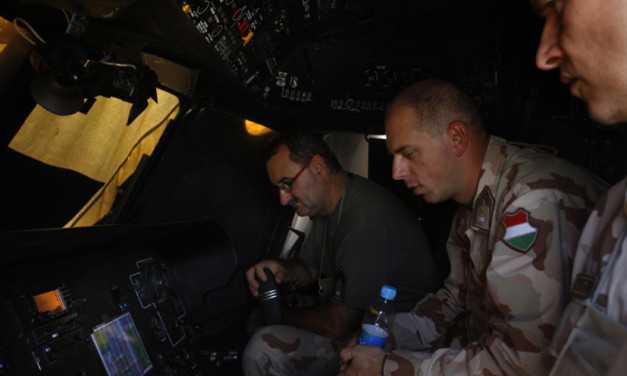
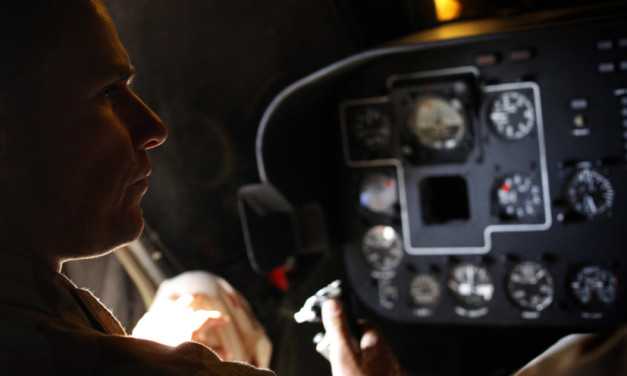
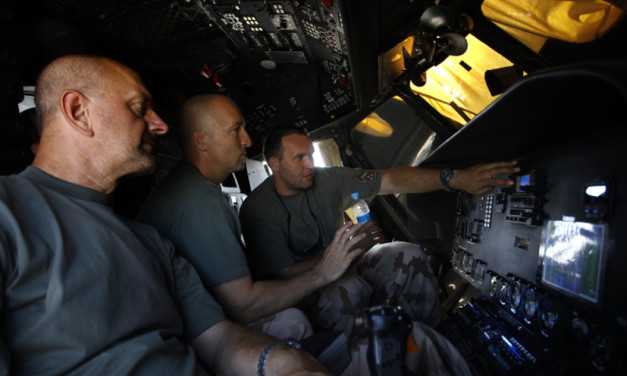
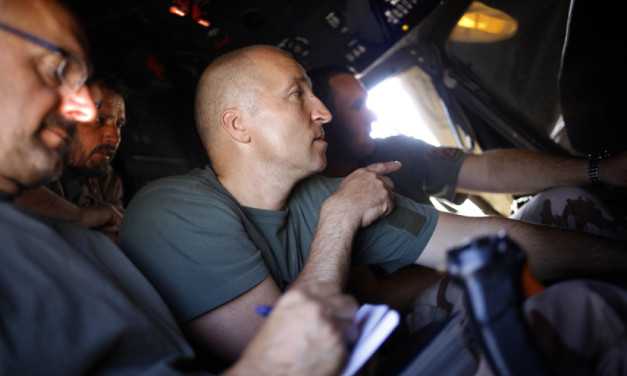
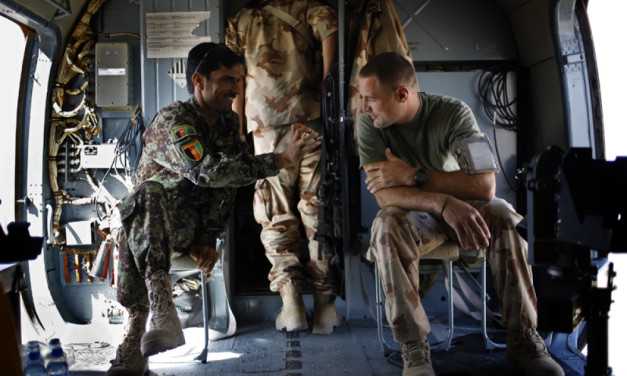
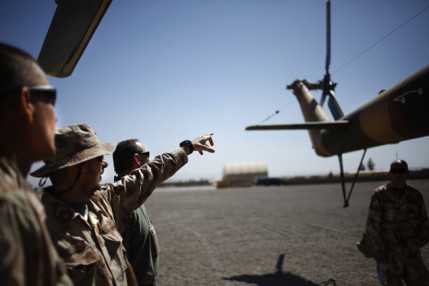
At least, the technicians of Ukrainian nationality say so, and they refer to the aircraft operational documentation to support heir claim. And indeed, the maintenance we are used to at home is a little different here, 3800 kilometers from Hungary.
True, the aircraft is not the same either, as here the Afghan, Hungarian, Italian and US aircrews use the Mi–17V5 medium transport helicopters of the Afghan Air Force. Already at first sight, these aircraft look different from the helicopter variants in service in Hungary, since the Mi–17, the Mi–17N and the Finnish Mi–8 all have the traditional spherical glass-covered nose, while a radar may well be fitted into the “dolphin-shaped" nose of the Afghan helicopters. The rear hydraulic ramp is also different, which replaces the classic, manually opened clamshell doors of this type that are detachable for flying. It is only the experts (and there are quite a few of them in the 444th squadron) that can notice that there are a little more aerials of different type at the tail section and the fuselage of the helicopter than there are on the helicopters of the Hungarian Air Force. The spectacular icing on the cake is the fact that the external navigation and warning lights are high-brightness, heavy duty LEDs rather than the conventional bulbs, so their light is clearly visible in sunshine too.
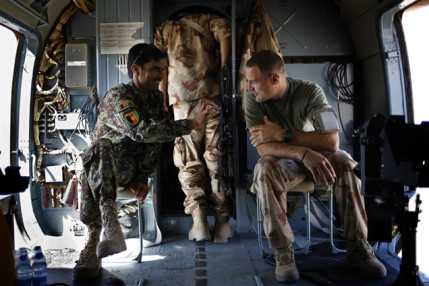
Besides the exterior, the interior is slightly different too. The internally fitted auxiliary fuel tank – which is also used during every flight – dominates the internal space of the helicopter. The dashboard and the side panels of the cockpit are different too, as there are other types of instruments placed elsewhere. Furthermore, the knots have replaced the kilometers, the foot the meters and the inches mercury the millimeters mercury. Thus today was devoted to familiarization, and the AVUM personnel and the aircrews were busy studying the aircraft standing on the ground. After going around outside the helicopters and taking a close look at them, they noticed every important difference: the team of the third rotation worked hard to share all information during the available time, which is never long enough. Afterwards the pilots and onboard technicians took their seats in the black painted cockpits to learn, while the AVUM crews found their “classroom" around the engines, in the spaces and systems behind the side maintenance panels.
Experience can often safeguard one against hurry and fluster. Even if only one aircraft is to fly, it is worth preparing two because the backup may come handy. Today there was an example of this when the pneumatic system of the outbound helicopter turned out to malfunction only after the engine startup. The other aircraft was prepared and checked properly, so the aircrew had “only" to move with all their equipment and weapons to the backup aircraft to be ready to start executing the planned mission. Of course, it would not have mattered at all if the flight had been cancelled: after all, we are in Afghanistan, and here time is what we have the most of.
Photo: Veronika Dévényi

